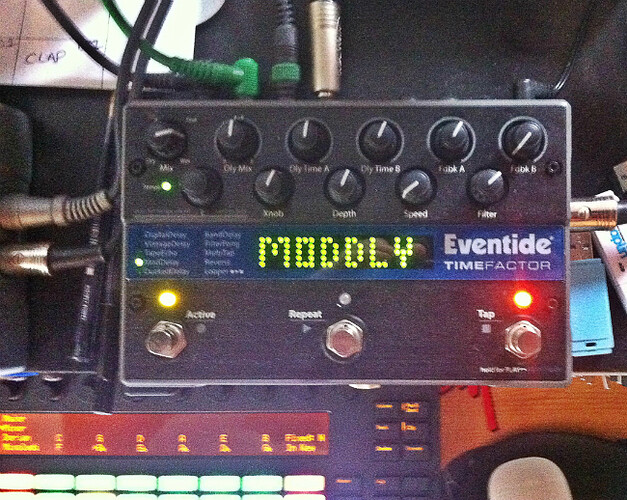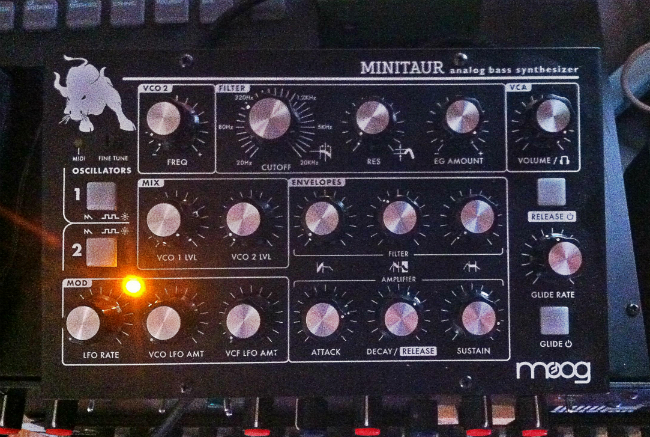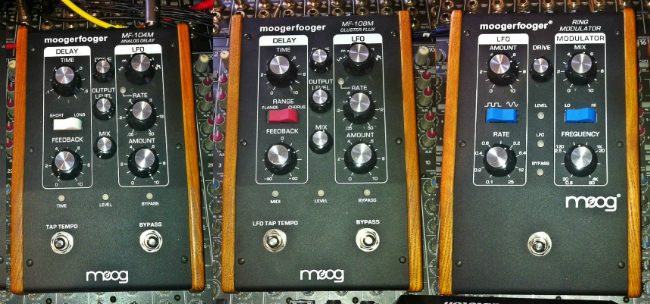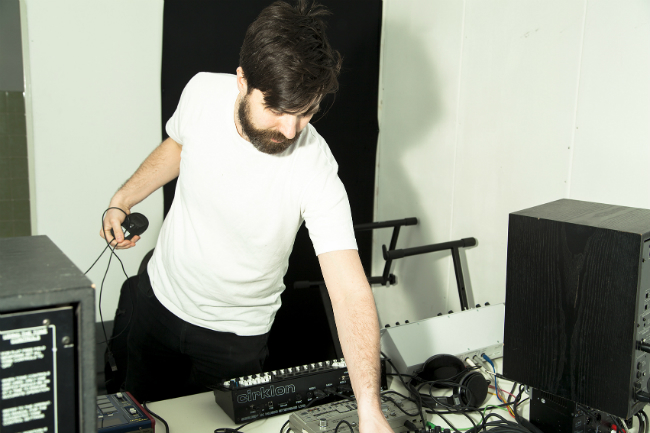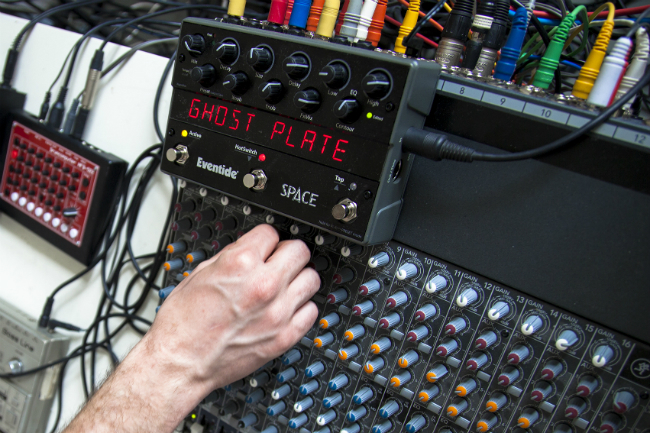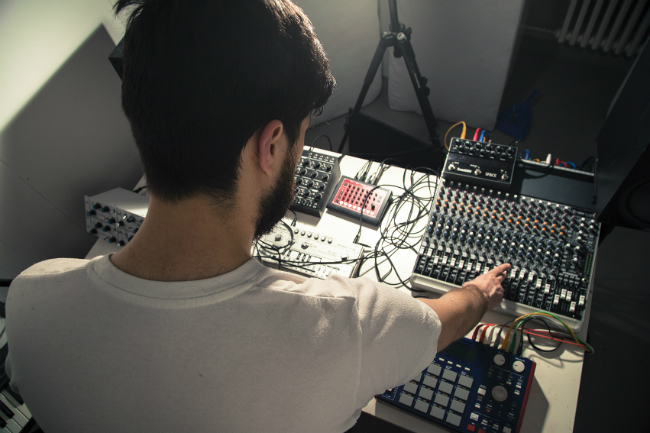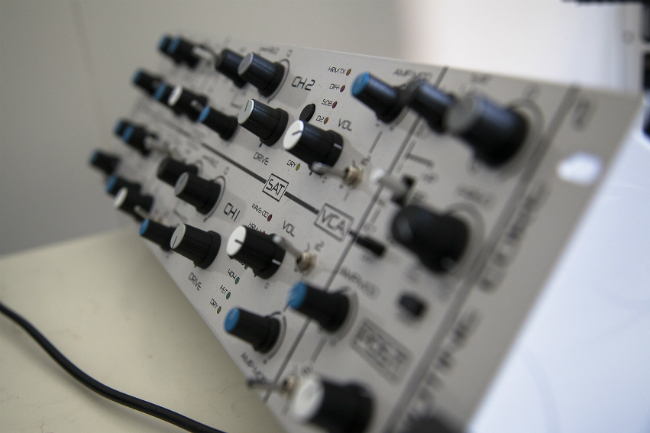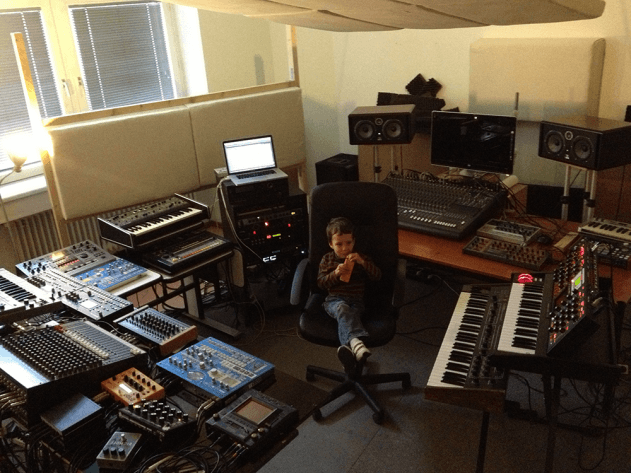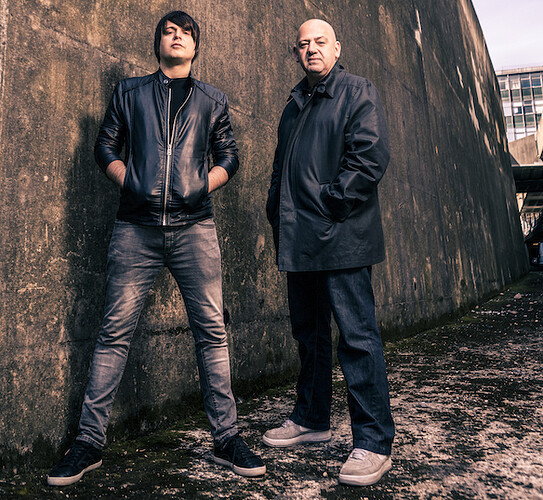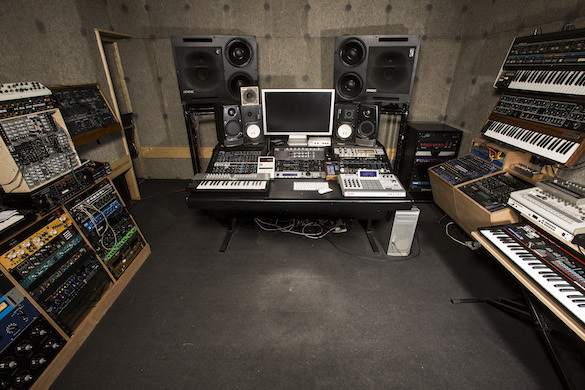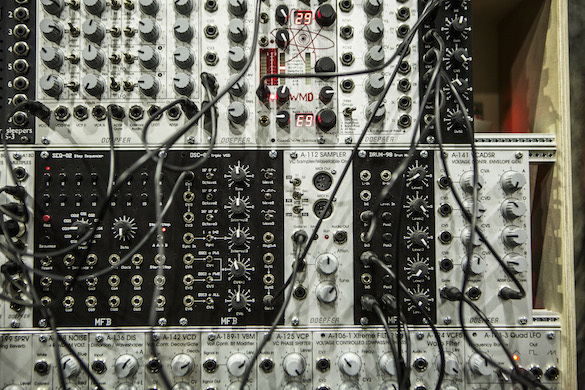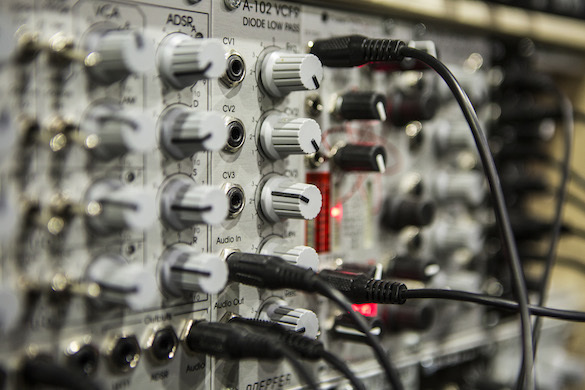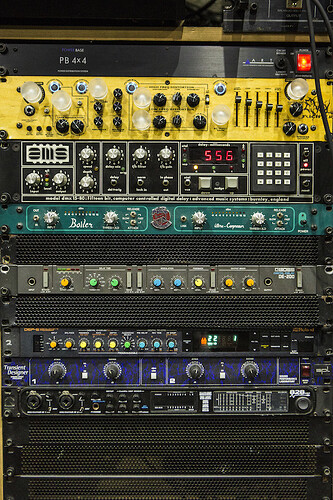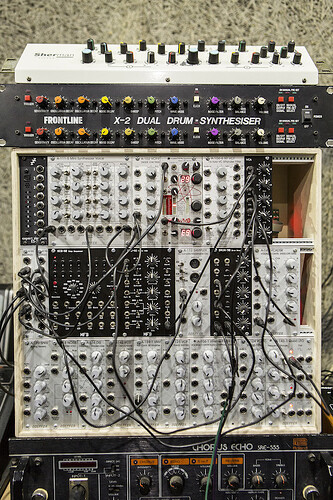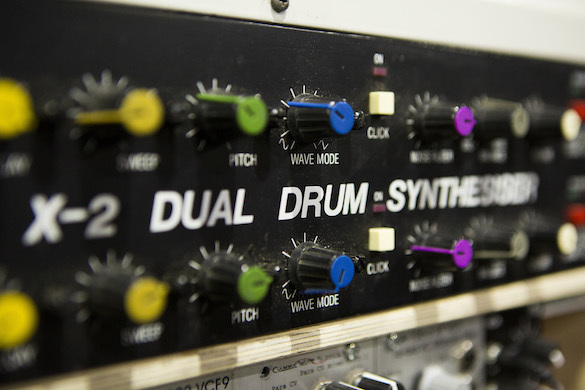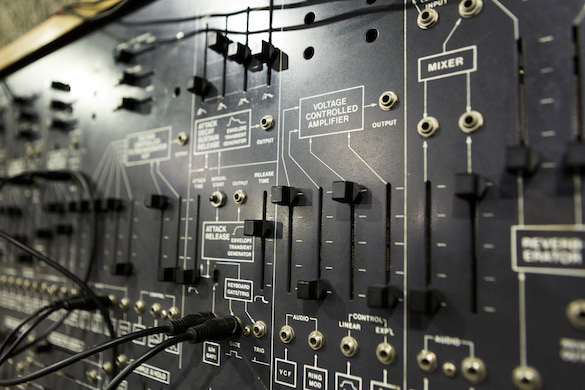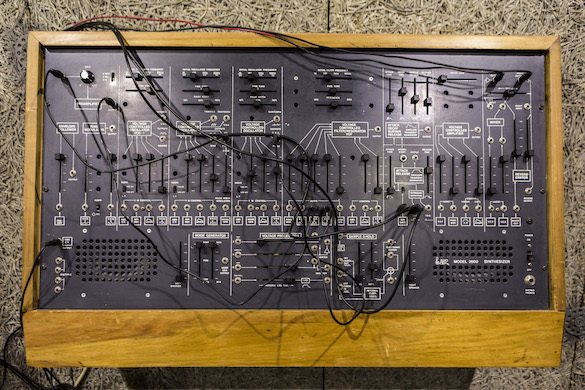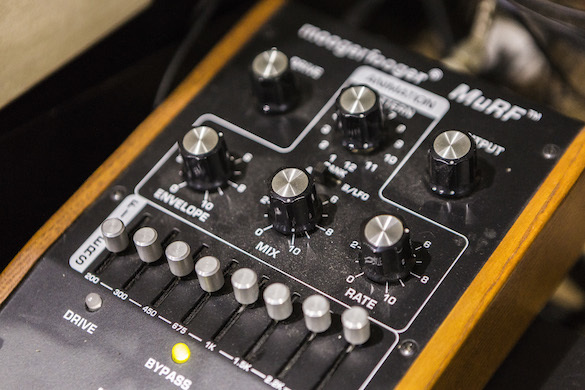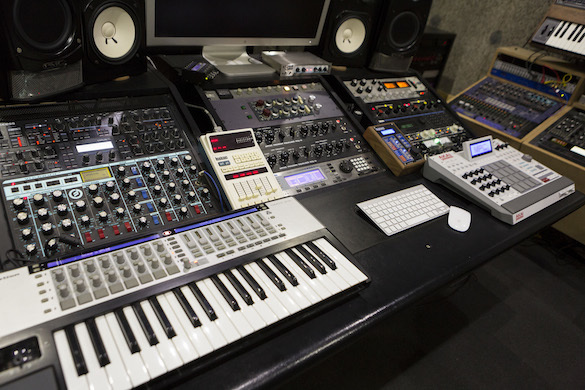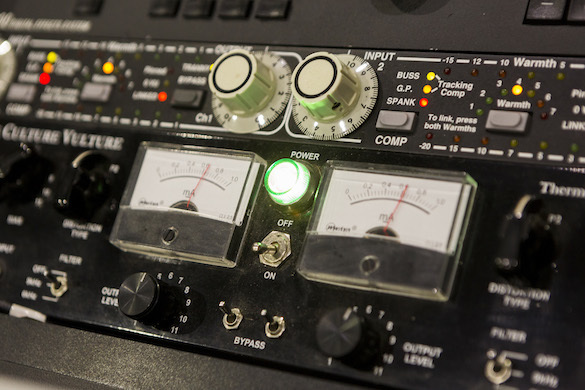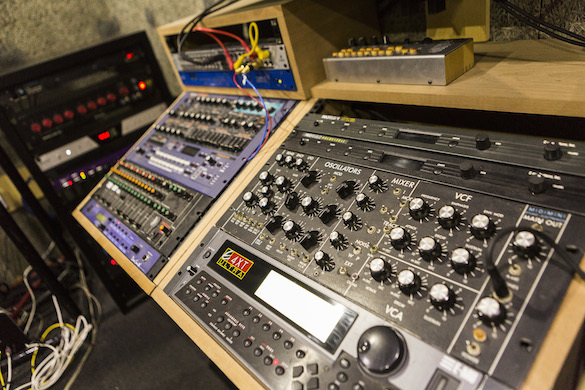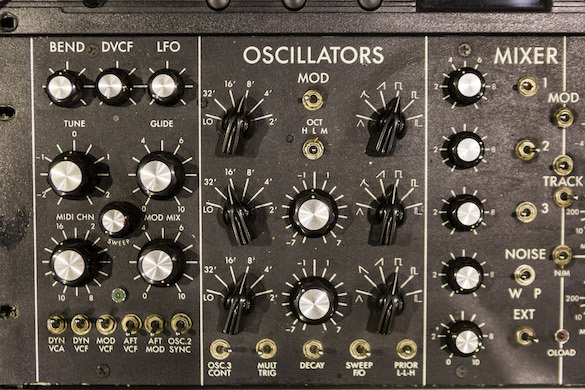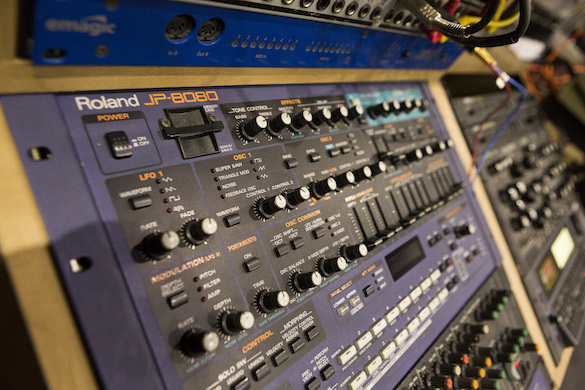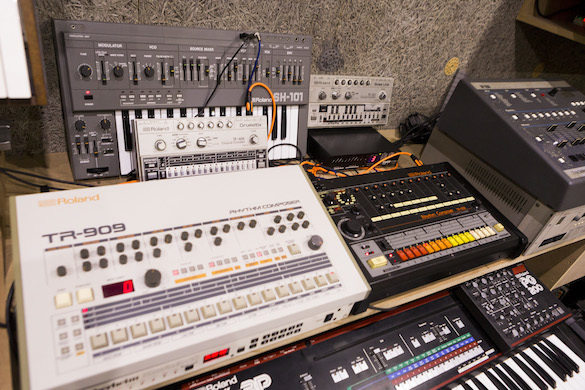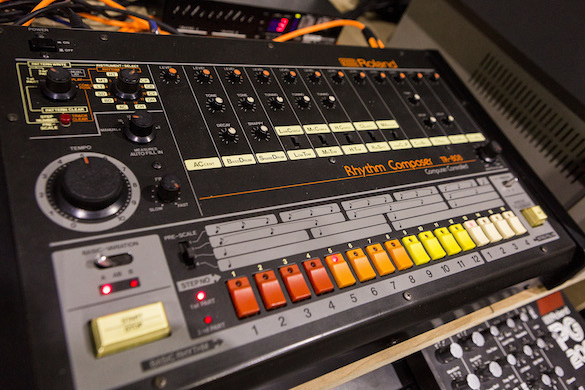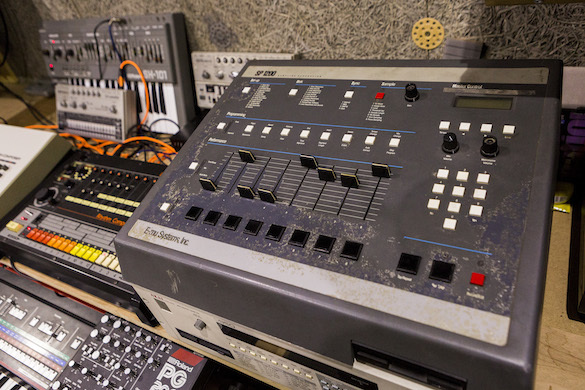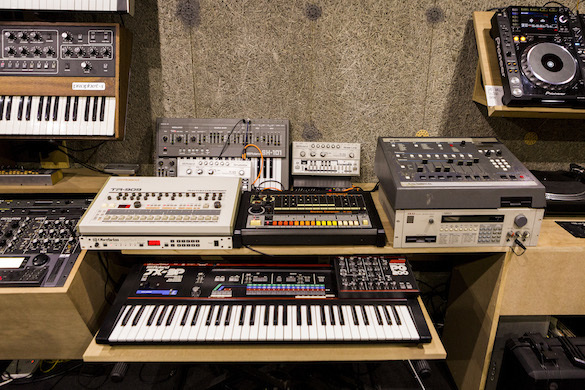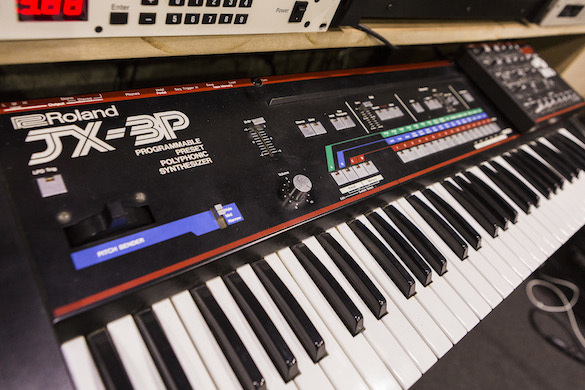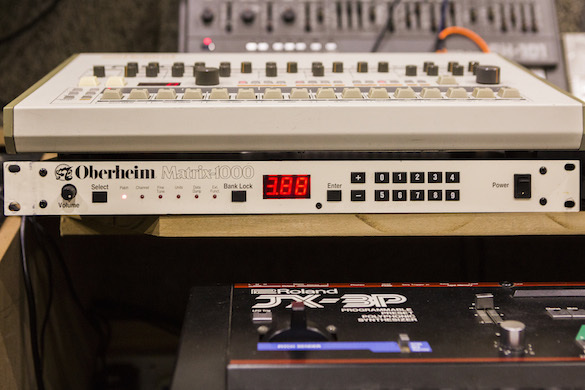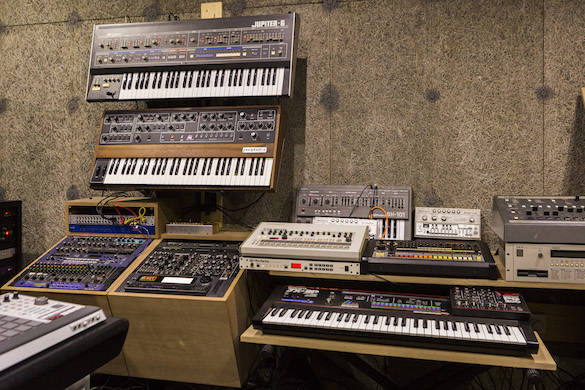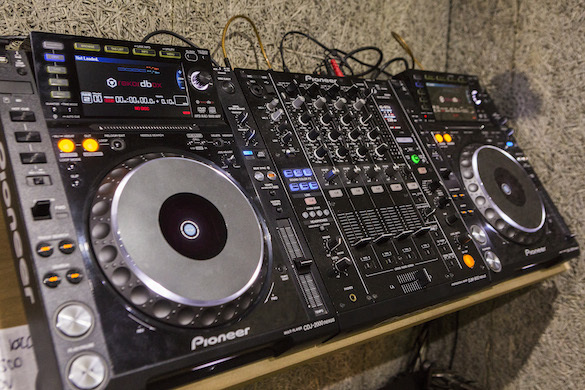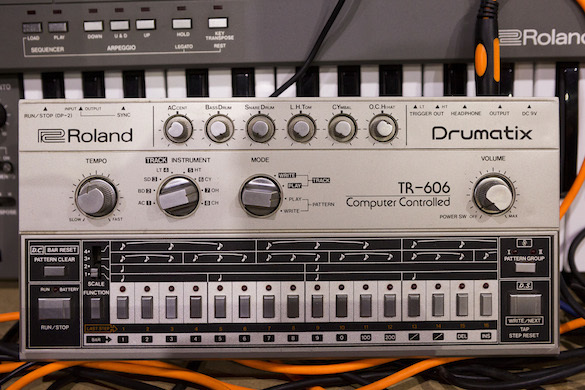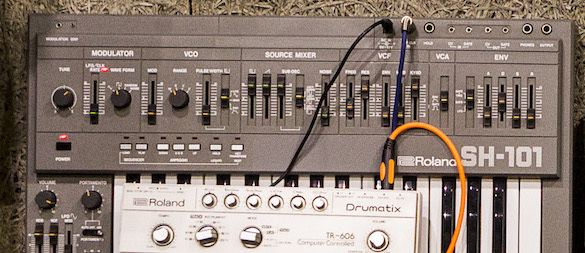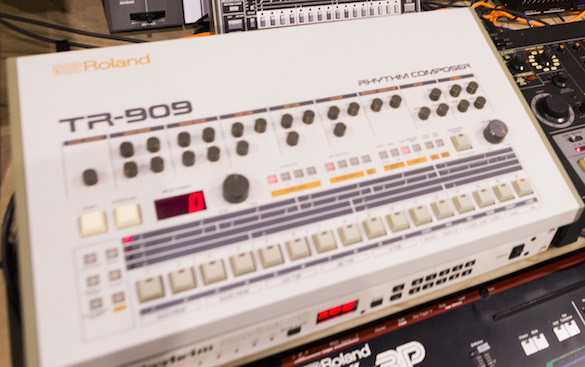The 10 worst things about being an electronic music producer
Making electronic music can be hugely rewarding, and there are few
things that beat the sensation of listening back to a track you’ve made
and feeling that you’ve expressed yourself in a manner that transcends
language. However, it’s not all fun and games, and its frustrations can
range from the mildly irritating to the absolutely soul-destroying.
Music production is an often solitary pursuit, and it’s easy to forget
that there are electronic musicians all over the world who, just like
you, sometimes wish they’d never been born. So, let’s celebrate our
shared misery by naming and shaming the very worst things about creating
tunes with technology…
1. No one understands what you do
One might reasonably assume that, in the 21st century, the notion of a
’music producer’ wouldn’t be too challenging for the average human
adult. Yet it appears that this concept is outside the comprehension of
anyone that you meet in real life, especially your boyfriend or
girlfriend.
This becomes most apparent at social gatherings, where you’ll invariably
be introduced as ‘a musician’. Naturally, you’ll be asked what
instrument you play, and when the inexplicable sentence “I can’t play
any instruments… I produce future garage” issues from your blushing
face, you’ll be written-off as either having a poor grasp of grammar, or
simply insane.
2. No one cares what you do
Even if you somehow manage to instil an understanding of your music
production endeavours in your family and friends, they won’t care about
it, and certainly won’t be impressed when your 37th release nudges its
way into the Beatport Deep Liquid Trance Top 1000 after selling three
copies.
What’s more, thanks to the democratisation of music production yielded
by increasingly affordable technology, everyone you’re friends with on
Facebook (including your bank manager and priest) also has EPs in the
Beatport Deep Liquid Trance Top 1000. If a link to a new tune on your
SoundCloud manages to get a twentieth of the ‘likes’ a gif of a cat
falling off a table does, you’re doing great!
If a link to a new tune on your SoundCloud manages to get a twentieth of
the ‘likes’ a gif of a cat falling off a table does, you’re doing
great!
3. You don’t make any money
So you’ve smashed up the deep liquid trance scene with another genius
single that took months to perfect, and now it’s time to reap the
rewards. But what will you spend your £3.16 of royalties on? It’s a
tough decision, but at least you know that there’s no way you’re going
to develop an expensive drug habit any time soon.
Perhaps you could put it towards a new plugin? At this rate you’ll only
need to release a new EP every week until the sun explodes to make
enough for a copy of Omnisphere 2.
4. Everyone can hear everything you’ve ever released
Back in the good old days of vinyl you could get away with the odd dodgy track and people would forget about it soon enough.
Now, though, everything you release will be on Beatport and Spotify
until long after your death. Good luck getting rid of those older tracks
that set your teeth on edge with their shoddy mixdowns and overcooked
mastering: they’ll be available for anyone in the world to stream - and
judge - until the moment the Earth plunges into an ever-expanding ball
of fire that wipes out existence as we know it.
5. Hearing your music in a club is depressing
If you’ve got any kind of critical faculties left in your worn-out brain
after spending 66 hours honing your latest opus, hearing it played out
in a club will almost certainly be a soul-crushing experience.
You could have put more energy in the low-mids couldn’t you, you slack,
vain idiot?! In fact the moment you hear a piece of your music
post-mixdown and think that it sounds acceptable you might as well shoot
yourself in the face with a bazooka, because either your ears are shot
or your standards have become lower than a caterpillar’s bellybutton.
The moment you hear a piece of your music post-mixdown and think that it
sounds acceptable you might as well shoot yourself in the face with a
bazooka.
6. Terrible music is more popular than yours
These days one is judged on numbers of views, listens and followers, which is bad news for makers of underground dance music.
Even if you were to create the greatest deep liquid trance track of all
time, chances are it’d get about a thousandth of the views of a horrific
folk/big room mashup, or something that conforms to every dance music cliché going.
7. You have to deal with music software
Do you like updating software, fiddling with buffer settings, and
remembering dozens upon dozens of passwords? Fantastic, because you’re
going to be spending hours doing that kind of exciting stuff while you
wish you could be actually making music instead.
Plus, depending on your setup, you’re going to have to contend with
irritating copy protection, crashing software, and an 'operating system’
that’s completely inoperable.
8. You have to listen to the same music repeatedly
It’s been reported that playing loud music on repeat has been used as a
form of torture and, even if you’re monitoring at lower levels,
listening to the same track, 16-bar section, or even solitary kick drum
for hours at a time can drive one slowly bonkers.
Plus, you never know when your neighbours are going to snap and unleash
their gigantic and systematically abused pit bull Andrew on you.
9. People will slate you on the internet
Haters gonna hate, so you’re going to have to get used to being criticised online - even if you’re a dance music superstar.
For example, YouTube users find A Guy Called Gerald’s Voodoo Ray
"boring", claim that Frankie Knuckles’ Let The Music Use You has a
"disturbing" vocal, and opine that Derrick May’s Strings Of The Strings
Of Life is, of course, “shite”.
There’s also plenty of time for unsolicited production advice: in the YouTube comments world, Sub Focus “needs more bass”.
Haters gonna hate, so you’re going to have to get used to being criticised online - even if you’re a dance music superstar.
10. You won’t be able to use your skills in other fields
You might be able to program jacking house beats in seconds or make the
sickest bass sounds around but, sadly, these skills are totally useless
in the real world, thus rendering the hundreds or thousands of hours
you’ve spent become an uber-producer an utter waste of time.
At least when society inevitably collapses you’ll be back on a level
playing field with bankers, estate agents and re-branding experts, and
the nimble fingers you’ve developed over the years will be ideal for
snatching up even the wriggliest of grubs before they burrow back into
the charred earth. Happy producing!


